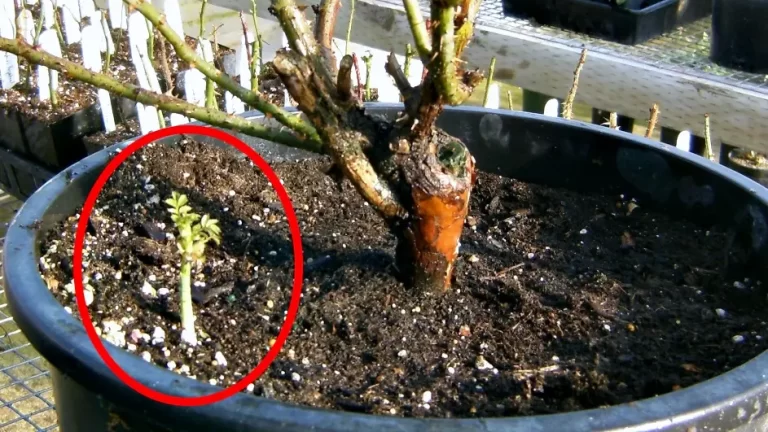Jason from Fraser Valley Rose Farm shares his insights on plant propagation by division, a method he considers one of the most rewarding and straightforward ways to propagate plants. Unlike stem cuttings, which require technical know-how and patience, division provides gardeners with larger, more established clumps that thrive quickly in the garden. Jason’s practical approach makes division accessible for gardeners of all skill levels.
Why Division Is So Effective
Division is a powerful propagation method because it aligns with the natural lifecycle of herbaceous perennials. Over time, these plants develop crowns at the soil level that expand outward. When these crowns become dense or less productive in the center, it’s the perfect time to divide them. By cutting these crowns into smaller sections, gardeners can create new, healthy plants ready to flourish.
While division is typically recommended in early spring or fall, Jason highlights three types of plants—daylilies (Hemerocallis), irises, and Oriental poppies (Papaver orientale)—that are best divided in midsummer. These plants enter periods of dormancy during this season, making it an ideal time for splitting them.
The Basics of Division
The majority of herbaceous perennials, such as astilbes, campanulas, and echinaceas, are excellent candidates for division. However, there are exceptions to consider:
- Woody Perennials: Plants like lavender or butterfly bush (Buddleja) are less suited for division due to their woody stems.
- Taprooted Plants: Species with deep taproots, such as Baptisia or milkweed (Asclepias), may struggle to survive the process.
For the vast majority of perennials, division rejuvenates plants, encourages vigorous growth, and allows gardeners to spread their favorites across the garden.
How to Divide Perennials
Jason illustrates the straightforward process with daylilies as an example. Here’s how it works:
Prepare for Replanting: Trim the foliage to about six inches to reduce stress on the plant and make it easier to handle.
Dig Up the Plant: Carefully remove the plant from the ground, preserving as much of the root system as possible.
Choose Your Tools: Depending on the plant size and root density, use a spade, pruning saw, or even hand pruners to split the clump.
Separate the Clumps: Divide the plant into smaller sections, ensuring each clump has a good balance of roots and shoots.
Potting and Aftercare
Divided plants can be potted up or planted directly into the garden. For potting, Jason uses a standard soilless mix in a well-draining pot. Water the plants thoroughly and provide them with some shade to reduce transplant stress. Over the next few months, the plants will root firmly, making them ready for replanting or sale by spring.
Beyond the Usual Seasons: Summer Division
While spring and fall are the traditional seasons for division, Jason emphasizes the flexibility of this method. He encourages gardeners to observe their plants and respond to their needs, regardless of the season. For instance, if a perennial becomes overcrowded or needs to be relocated, dividing it—even in summer—can be successful with proper care.
He demonstrates with a hardy geranium, which had developed multiple crowns and was beginning to outgrow its pot. By carefully cutting the plant into smaller sections and replanting them, Jason illustrates how even an off-season division can yield excellent results.
The Benefits of Experimentation
Jason encourages gardeners to embrace the simplicity and creativity of propagation by division. The method not only rejuvenates plants but also provides opportunities to share them with friends, fill new garden spaces, or even prepare plants for sale.
Division is forgiving and versatile, making it an ideal choice for gardeners looking to experiment and expand their skills. By observing the growth habits of plants and acting when needed, gardeners can enjoy healthier, more vibrant gardens.
A Rewarding Process
In conclusion, plant propagation by division offers gardeners a practical, low-risk way to multiply their favorite perennials. Jason’s tips and examples demonstrate how easy it is to divide and care for plants, even outside the usual seasons. Whether you’re rejuvenating a tired plant, expanding your garden, or sharing plants with others, division is a gratifying and accessible technique.






